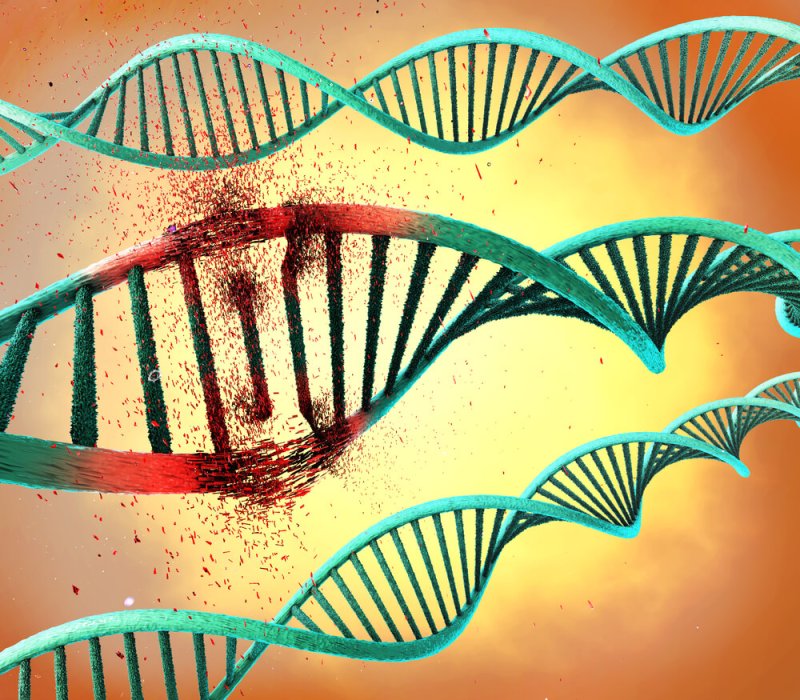Faced with a threat, the brain has to act fast, its neurons making new connections to learn what might spell the difference between life and death. But in its response, the brain also raises the stakes: As an unsettling recent discovery shows, to express learning and memory genes more quickly, brain cells snap their DNA into pieces at many key points, and then rebuild their fractured genome later.
This finding doesn’t just provide insights into the nature of the brain’s plasticity. It also demonstrates that DNA breakage may be a routine and important part of normal cellular processes — which has implications for how scientists think about aging and disease, and how they approach genomic events they’ve typically written off as merely bad luck.
As the details and uses of this mechanism in the body become better understood, they could eventually guide the development of new medical treatments…. But the work also demonstrates a broader need to stop thinking about the genome in static terms, and to start envisioning it as something dynamic.































